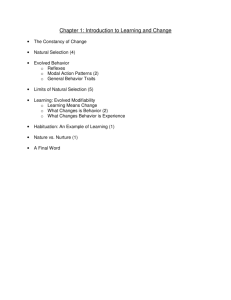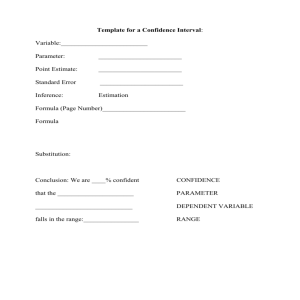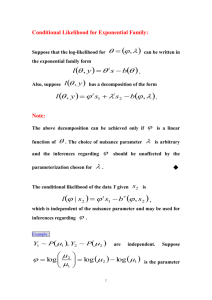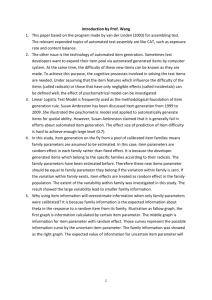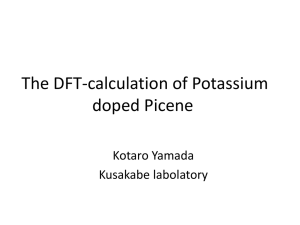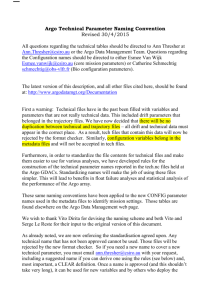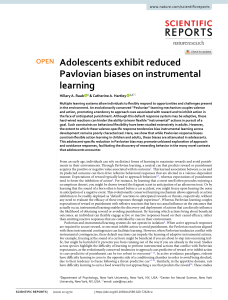emo003153036so2
advertisement
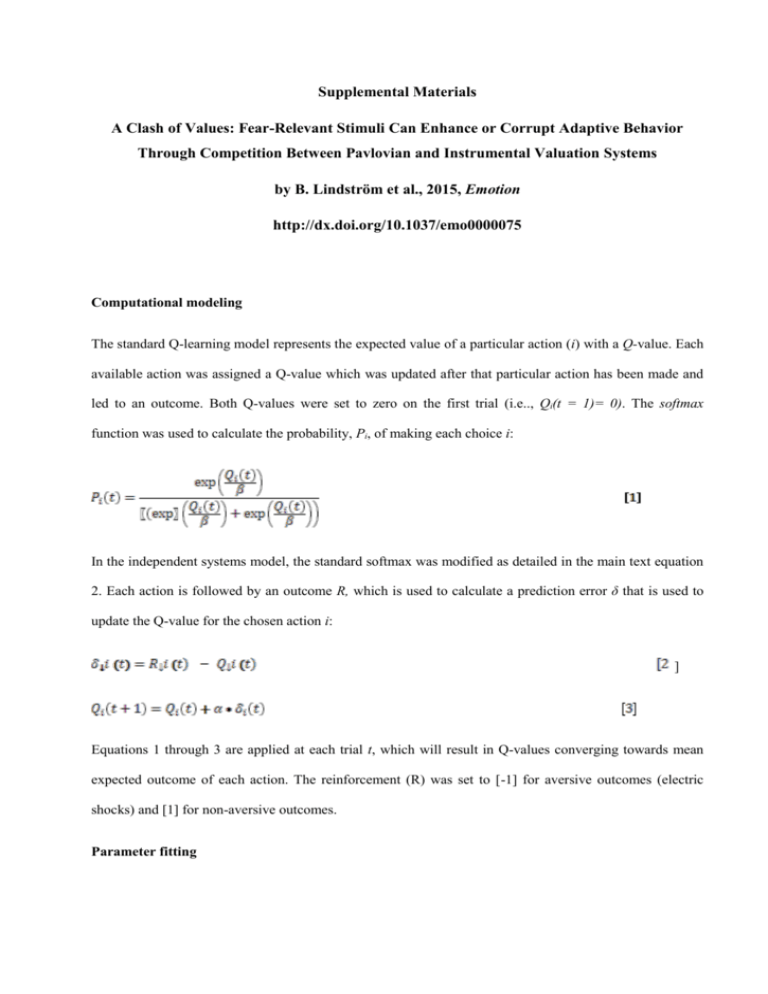
Supplemental Materials A Clash of Values: Fear-Relevant Stimuli Can Enhance or Corrupt Adaptive Behavior Through Competition Between Pavlovian and Instrumental Valuation Systems by B. Lindström et al., 2015, Emotion http://dx.doi.org/10.1037/emo0000075 Computational modeling The standard Q-learning model represents the expected value of a particular action (i) with a Q-value. Each available action was assigned a Q-value which was updated after that particular action has been made and led to an outcome. Both Q-values were set to zero on the first trial (i.e.., Qi(t = 1)= 0). The softmax function was used to calculate the probability, Pi, of making each choice i: In the independent systems model, the standard softmax was modified as detailed in the main text equation 2. Each action is followed by an outcome R, which is used to calculate a prediction error δ that is used to update the Q-value for the chosen action i: ] Equations 1 through 3 are applied at each trial t, which will result in Q-values converging towards mean expected outcome of each action. The reinforcement (R) was set to [-1] for aversive outcomes (electric shocks) and [1] for non-aversive outcomes. Parameter fitting Parameter fitting was conducted using the maximum-likelihood approach, which finds the set of parameters that maximize the probability of the participant´s trial-by-trial choices given the model. Optimization was done by to minimizing the negative log-likelihood, -L, computed by: where T denotes the total number of trials. Parameters were independently fitted to each subject using the BFGS optimization method. Model implementations and parameter fitting was done in R (R Development Core Team, 2012). All parameters were constrained to [0,1]. Model comparison Model comparison was conducted using the Akaike Information Criterion (AIC), which measure the goodness of fit of a model while also taking into account its complexity (Daw, 2011): where k is the number of fitted parameters and –ln(L) is the negative log-likelihood. We used paired sample t-tests of the AIC values to compare goodness of fit of the candidate models, thereby taking into account individual differences in the model fits (see Methods). Additional analysis of parameter estimates In the main text, we analyzed the estimate Pavlovian parameter form the stimulus-bias model. We also submitted estimated learning rate, α, to the same analysis. The average estimated α across the experiments was relatively high (M = 0.52, SD = 0.35), as reflected in rapid asymptotic performance, although with a high degree of between subjects variability (see Figure S1). There was a significant effect of fear- type (F(3,149) = 3.28, p = 0.023), which reflected lower estimated α for guns relative to out-group faces (regression simple effect estimate: β = -0.241, SE = 0.077, t = -3.136, p = 0.002), but not any other type (ps > 0.084). Regression diagnostics revealed no extreme outliers. Finally, the estimated β parameter was submitted to the same analysis, which showed no main effect of Pavlovian trigger type (F(3,149) = 2.01, p = 0.11). Simple effects showed that the estimated β was higher in the gun experiment than in the snake experiment (regression simple effect estimate: β = 0.176, SE = 0.081, t = 2.178, p = 0.031), but was otherwise comparable across experiments (ps > .05). Again, there were no extreme outliers. Neither the estimated α parameter, nor the β parameter correlated significantly with the measures of individual differences in racial bias or snake fear (ps > .1). Alternative models No bias The No bias model was an unmodified Rescorla-Wagner model: Changing bias To determine the flexibility of the Pavlovian influence on behavior, we considered a model where it was updated as a function of the outcomes of choosing the Pavlovian trigger. The model was implemented according to equations 1-2, with the following addition; an additional Pavlovianchange parameter regulated the effective Pavlovian influence based on the learning history. The Pavlovianchange parameter is similar to the learning rate in the standard Q-learning algorithm. resulting in an decrease of the influence following a positive outcome (R = 1) and an increase of the influence following a negative outcome (R = -1). The softmax function thus change to Learning-bias 1: We considered a learning-bias model where the learning rate for fear-relevant stimuli differed as a function of the outcome of the choice. Learning-bias 2: We also considered a model with different learning-rates for neutral and fear-relevant stimuli regardless of the outcome of choices, reflecting possible differences in stimulus salience. where is the learning rate determining how much the prediction error will affect the subsequent expected value of choosing the fear-relevant stimulus, and is the learning rate associated with neutral stimuli. References. Daw, N. D. (2011). Trial-by-trial data analysis using computational models. In M. R. Delgado, E. Phelps, & T. W. Robbins (Eds.), Decision Making, Affect, and Learning: Attention and Performance XXIII (pp. 1–26). New York: Oxford University Press.

